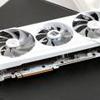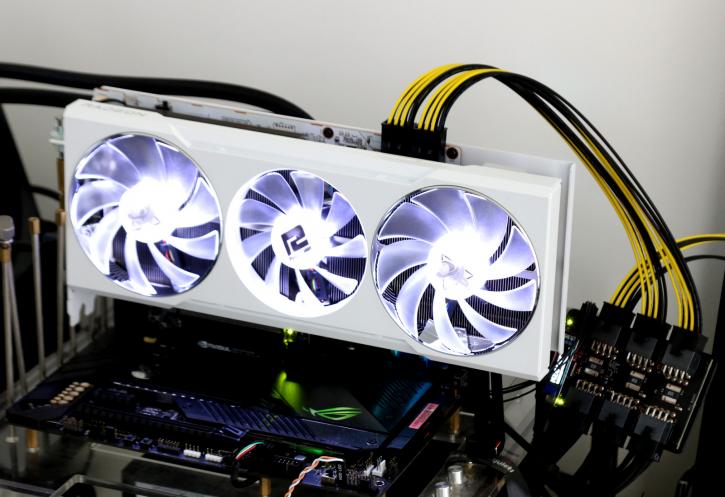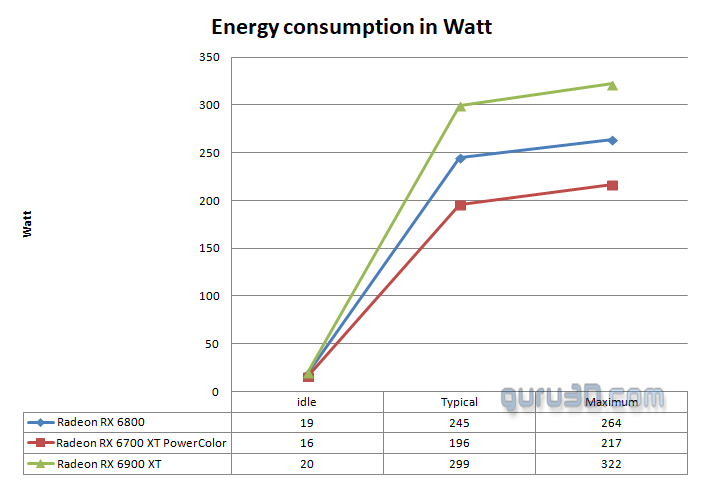Hardware setup | Power consumption
Hardware Installation
The installation of any graphics card is straightforward these days. Once the card is seated into the PC make sure you hook up the monitor and of course any external power connectors like 6/8-pin or the new 12-pin PEG power connectors. Preferably get yourself a power supply that has these PCIe PEG connectors natively. Purchase a quality power supply, calculate/estimate your peak power consumption for the entire PC, and double that number for the power supply as your PSU is most efficient at half the load value. So, if during gaming you consume 300W Watts on average for the entire PC, we'd recommend a 600 Watt power supply as a generic rule.
Once done, we boot into Windows, install the latest drivers and after a reboot, all should be working. No further configuration is required or needed unless you like to tweak the settings, for which you can open the control panel.
Power Consumption
We have moved to a power interposer for power consumption testing. This hardware and software combination is an exact hardware setup that will measure at the 12V rails and the PCIe slot. This isolates power consumption from other factors if you'd say measure at socket outlet. The new measurements also allow us to provide more precise data, IDLE power consumption. But we'll also start displaying the average/typical power consumption and, as we always have done, peak power consumption based on a gaming load.
Why a power interposer? Well, NVIDIA normally reports both chip and board power via API, AMD reports what appears to be a value in-between chip-only and full board power, as verified by third-party interposer testing methodologies including PCAT and others. This means that you can’t rely on API-reporting software such as GPU-Z or HWiNFO64 for accurate chip or board measurements to compare with. Our setup polls every 100ms allowing us to measure peak and typical energy consumption objectively.
Here is our power supply recommendation:
- Radeon RX 6700 XT - On your average system we recommend a 600 Watt power supply unit.
- Radeon RX 6800 - On your average system we recommend a 600 Watt power supply unit.
- Radeon RX 6800 XT - On your average system we recommend a 650~700 Watt power supply unit.
- Radeon RX 6900 XT - On your average system we recommend a 750 Watt power supply unit.
If you are going to overclock your GPU or processor, then we do recommend you purchase something with some more stamina. There are many good PSUs out there, please do have a look at our many PSU reviews as we have a lot of recommended PSUs for you to check out in there. Let's move to the next page where we'll look into GPU heat levels and noise levels coming from this graphics card.






